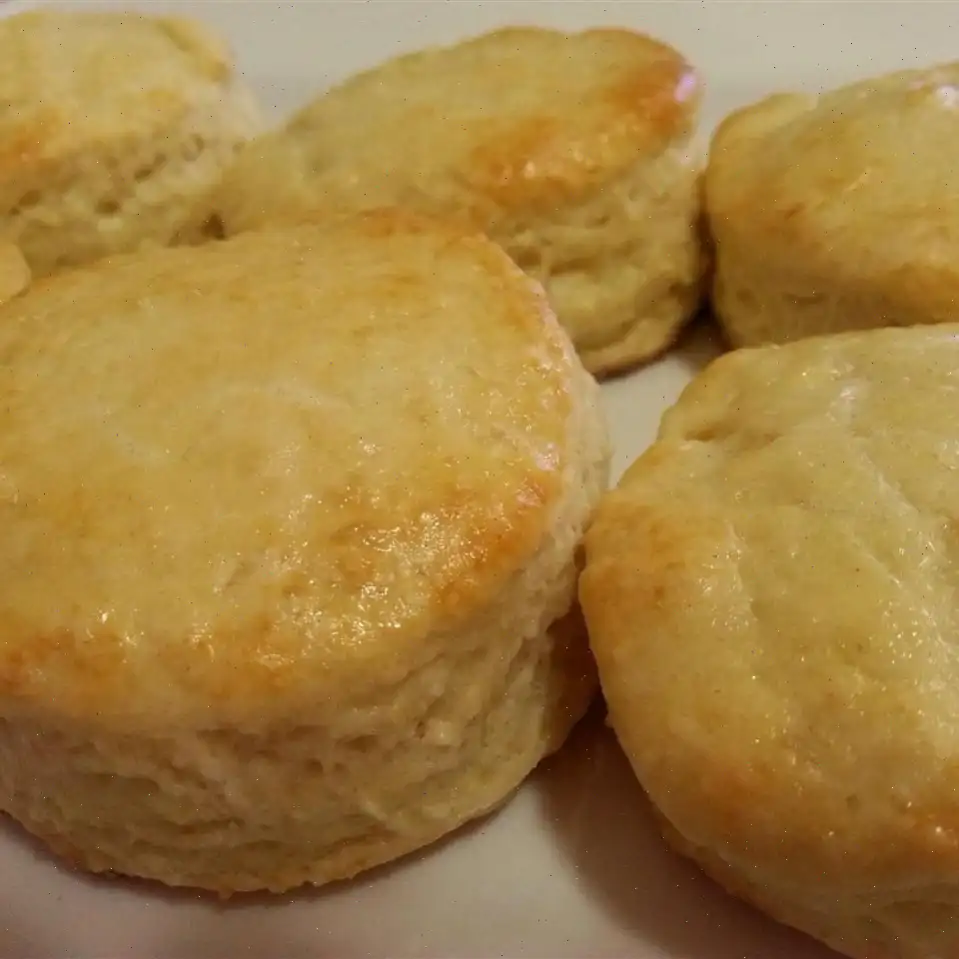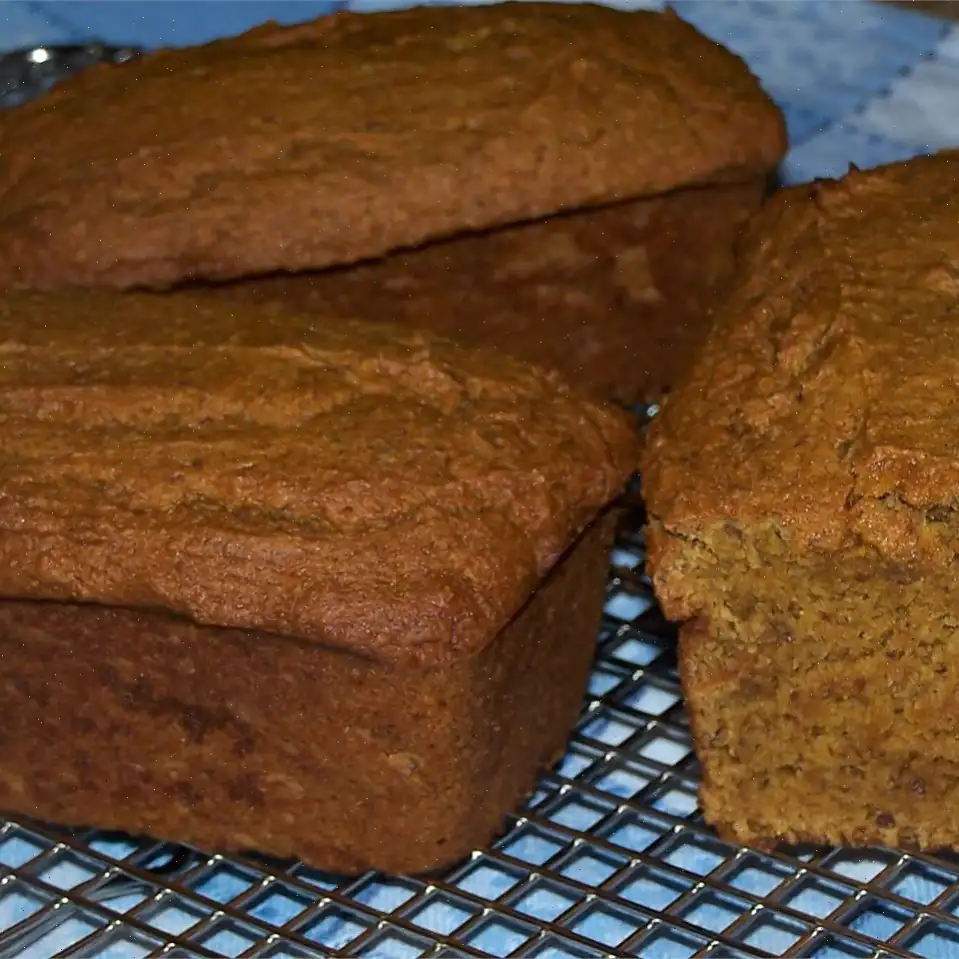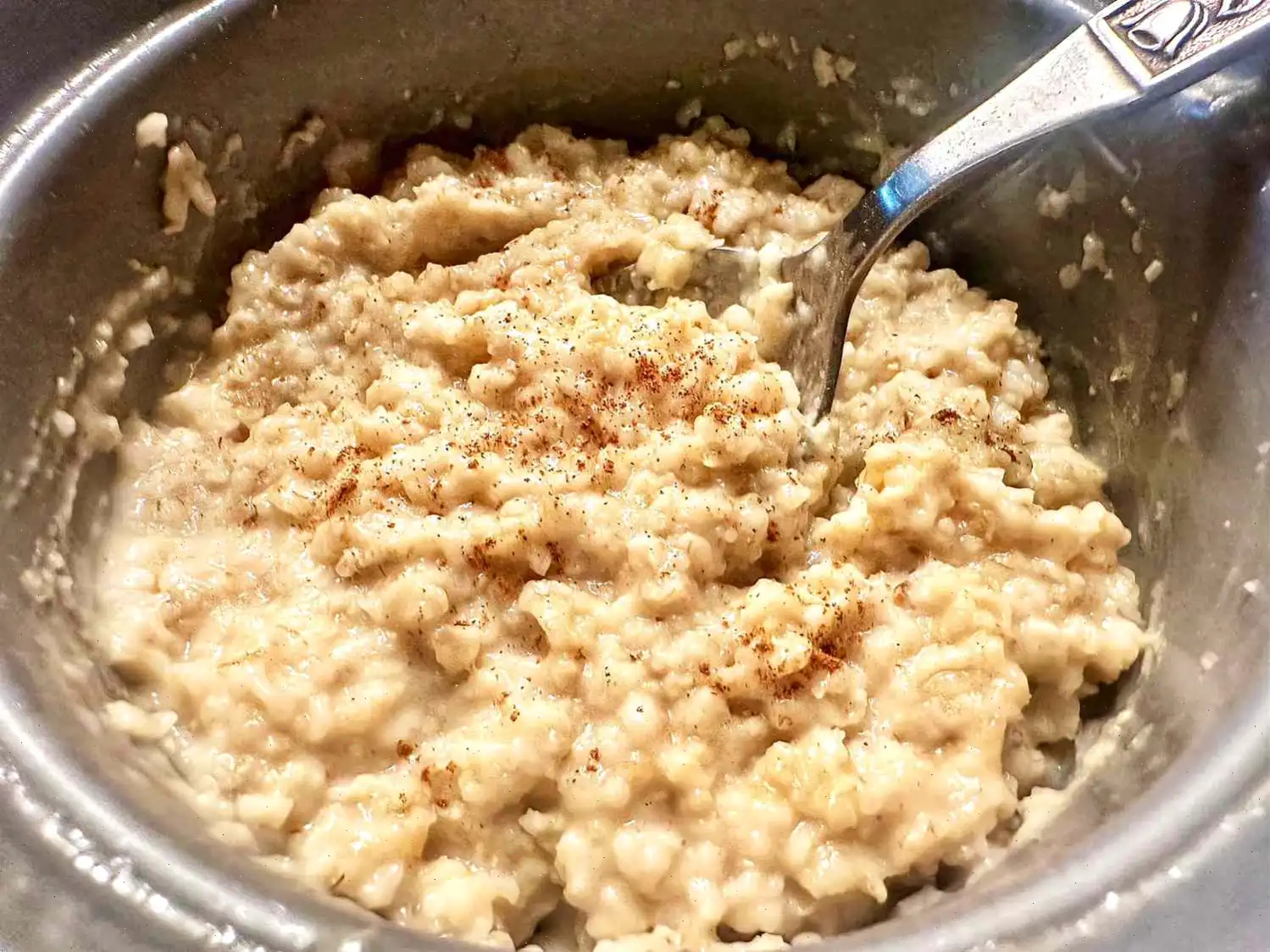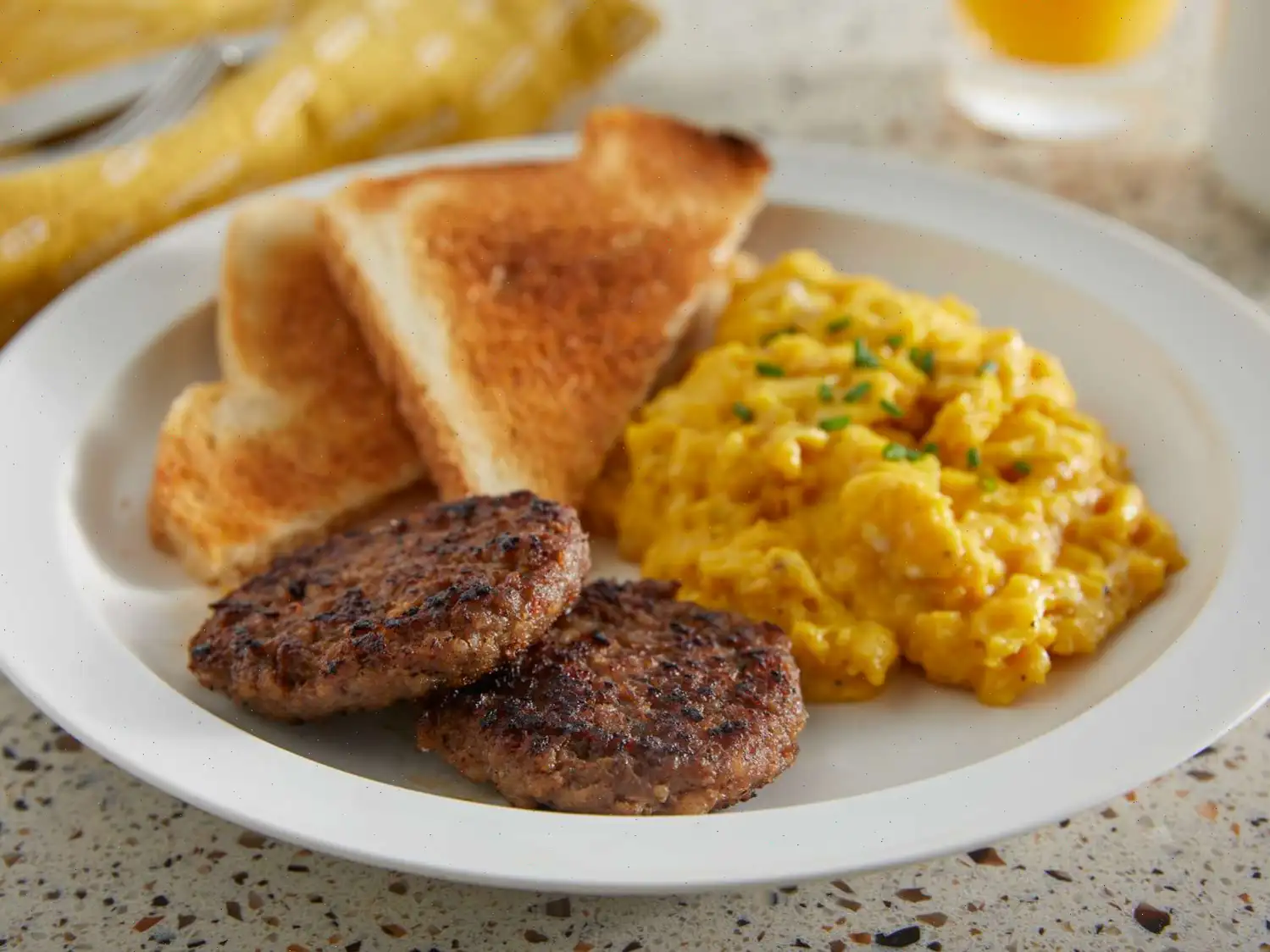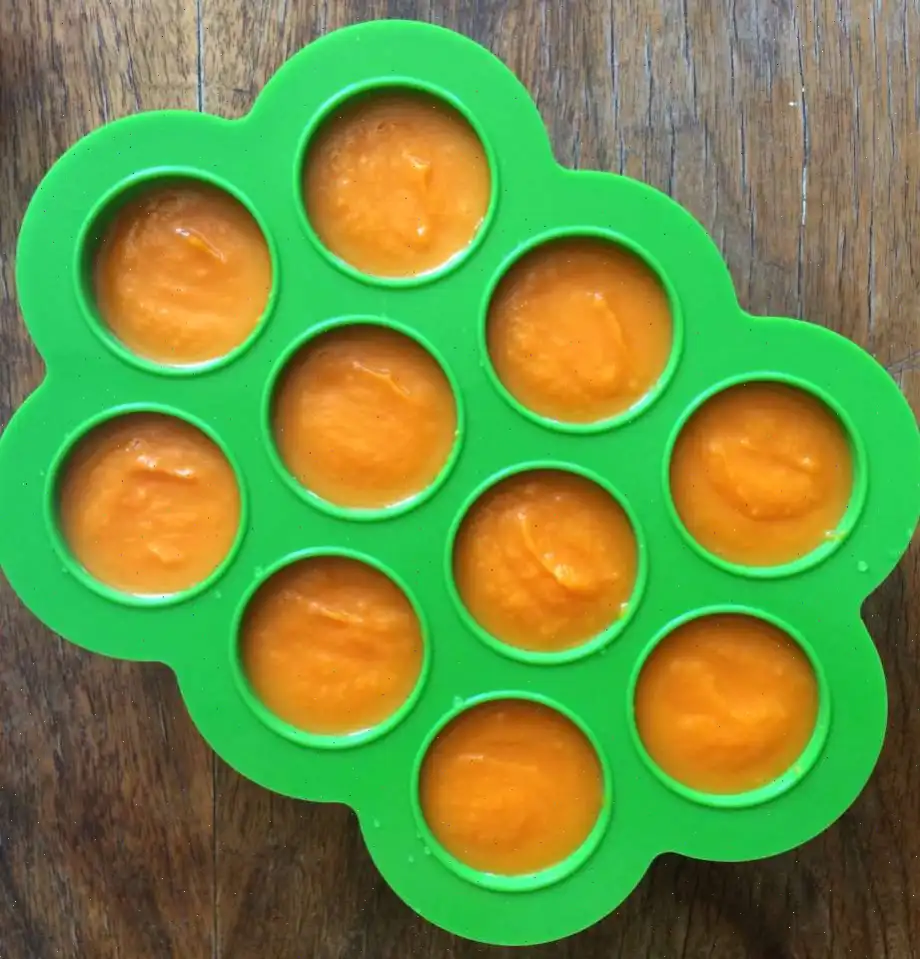
Homemade Biscuit Mix Recipe
Ingredients
This recipe was developed at its original yield. Ingredient amounts are automatically adjusted, but cooking times and steps remain unchanged. Note that not all recipes scale perfectly.
- 10 cups all-purpose flour
- cup baking powder
- 2 tablespoons white sugar
- 2 teaspoons salt
- 1 cups vegetable oil
Directions
Step 1: Combine flour, baking powder, sugar, and salt in a mixing bowl.
Step 2: Add the oil and mix it with a fork or pastry blender. You should have small lumps throughout the mixture.
Step 3: Store the mixture in an airtight in a cool, dry place for up to three months.
To Make Buttermilk Biscuits:
Step 4: Preheat the oven to 450F (230C). Lightly grease two baking sheets or line them with parchment paper.
Step 5: Combine 2 cups of the biscuit mix with 2/3 cup buttermilk and a pinch of salt (optional). Stir together to form a soft dough.
Step 6: Turn the dough out onto a lightly floured surface and knead briefly, about 10 times.
Step 7: Cut the dough into 12 equal pieces and place them on the prepared baking sheets.
Step 8: Brush the tops of the biscuits with milk or egg wash, if desired.
Step 9: Bake in the preheated oven for 8 to 10 minutes, until light brown.
Nutrition Facts (per serving)
| Calories | 6g Fat | 21g Carbs | 3g Protein |
|---|---|---|---|
| 148 | 6g | 21g | 3g |
Nutrition Facts
| Servings Per Recipe | 48 |
|---|---|
| Total Fat | 6g (8%) |
| Saturated Fat | 1g (5%) |
| Sodium | 341mg (15%) |
| Total Carbohydrate | 21g (8%) |
| Dietary Fiber | 1g (3%) |
| Total Sugars | 1g |
| Protein | 3g (5%) |
| Calcium | 139mg (11%) |
| Iron | 2mg (8%) |
| Potassium | 28mg (1%) |
* Percent Daily Values are based on a 2,000 calorie diet. Your daily values may be higher or lower depending on your calorie needs.
** Nutrient information is not available for all ingredients. Amount is based on available nutrient data.
(-) Information is not currently available for this nutrient. If you are following a medically restrictive diet, please consult your doctor or registered dietitian before preparing this recipe for personal consumption.
Comments
Jessica Martinez
10/04/2025 02:27:04 AM
Fantastic! For homemade buttermilk, simply mix 1 cup of milk with 1 tablespoon of white vinegar, stir, and let it rest for 2-3 minutes. You will only require 2/3 cup of buttermilk for this recipe.
Karen Cruz
10/04/2025 07:15:11 AM
This product is excellent! I always keep it stored in the fridge. I like to enhance the flavor by adding 10 tablespoons of dry buttermilk mix to the mix, making it super convenient to just add water when it's time to make it.
Catherine Taylor
10/03/2025 06:02:37 PM
I created this recipe as a substitute for Bisquick, which I never seem to have on hand. I prefer using half whole wheat flour, aluminum-free baking powder, and replacing vegetable oil with an equal amount of Crisco that I incorporate into the dry ingredients using a pastry cutter. It's incredibly easy to make. This recipe can be easily halved and stores well in Tupperware in a cool pantry or in the fridge/freezer.
Melissa Phillips
10/04/2025 10:58:04 PM
Here are some helpful tips for those struggling with this recipe: - Avoid using bread flour - Be mindful not to overknead the dough; a few lumps are okay - Keep an eye on your biscuits while they bake, as some ovens may cook faster than others - If you're in a warmer climate, consider refrigerating the dough until thoroughly chilled before using - When measuring flour, spoon it into the measuring cup to prevent adding too much - Substitute cake flour if needed; for a DIY alternative, add 2 tablespoons of cornstarch before filling the measuring cup with all-purpose flour (repeat for all 10 cups) I hope these suggestions are beneficial. Happy baking! The biscuit recipe can be found in the footnotes below the mix recipe.
Rebecca Martinez
10/04/2025 12:47:08 PM
After an extensive search, I finally came across your exceptional biscuit mix - thank you! I steer clear of Bisquick due to the aluminum in the baking powder and partially hydrogenated oils it contains, both of which I prefer to avoid in my cooking. Instead, I opt for aluminum-free baking powder, easily found in brands like Argo. When buttermilk isn't available, I create a substitute by adding 2 teaspoons of vinegar to 3/4 cup of milk. While white vinegar works best, I experimented with organic cider vinegar once, resulting in an interesting taste. Occasionally, I prepare this delightful recipe using regular milk and a few spoonfuls of plain yogurt, as the acid activates the baking powder. For variety, I use olive oil or coconut oil to impart distinct flavors. I've even replaced the milk with orange juice, adding a tangy kick to the baking powder. I adjust the sugar content to my liking and sometimes introduce yeast to the liquid, allowing it to rise without kneading. This lends a bready flavor, ideal for a pizza base. I always rely on my Silpat silicone baking liner - nothing sticks to it, not even melted cheese or burnt brown sugar. Both of my daughters are keen to inherit my two Silpats - a coveted kitchen item in our household! - Mary from Pennsylvania, getting creative in the kitchen.
Robert Hernandez
10/05/2025 01:26:57 AM
I swapped out traditional oil for grape seed oil and regular milk for almond milk in my recipe. The result was fantastic! I would recommend adding an extra 5 minutes to the cooking time for a delicious crunchy texture. I absolutely loved it! 👌🌟


